Grazing system boosts milk for organic farm
Building a new shed, installing three DeLaval robots and implementing a unique grazing system has seen an organic farm increase its milk yield by 15 percent over the last five years. The hybrid grazing and automated milking system has also improved cow health and enabled the herd to spend more time at pasture.
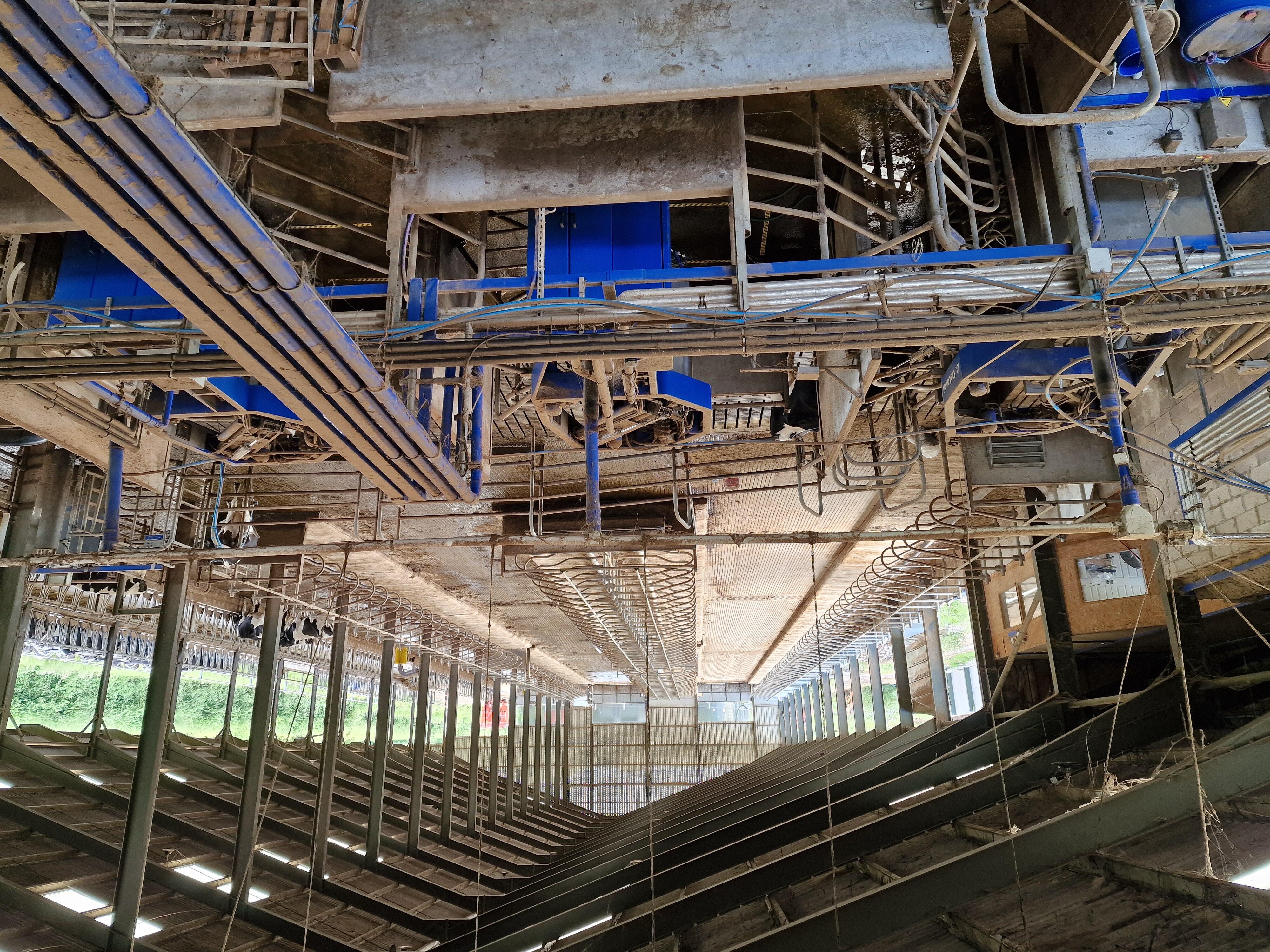
William Grey farms in partnership with his wife Louisa and parents at West Street Farm in Tytherington, near Bristol. The farm was bought by his grandfather in 1949 and extends to 450 acres which includes 30 acres of maize and 36 acres of spring barley. Following 35 years milking in an 8/16 DeLaval herringbone parlour, Mr Grey decided to build a new shed and install three DeLaval robots.
“We milk 185 and chose to be an organic herd 17 years ago. To be organic the herd must be grazed, so a switch to robots meant we needed to relocate the shed to implement an A, B, C grazing system,” he says.
The A, B, C grazing system is a method that gives cows access to segmented pastureland whilst also enabling access to robots throughout the day. The combination has brought benefits to the herd whilst enabling the farm to remain true to its organic credentials.
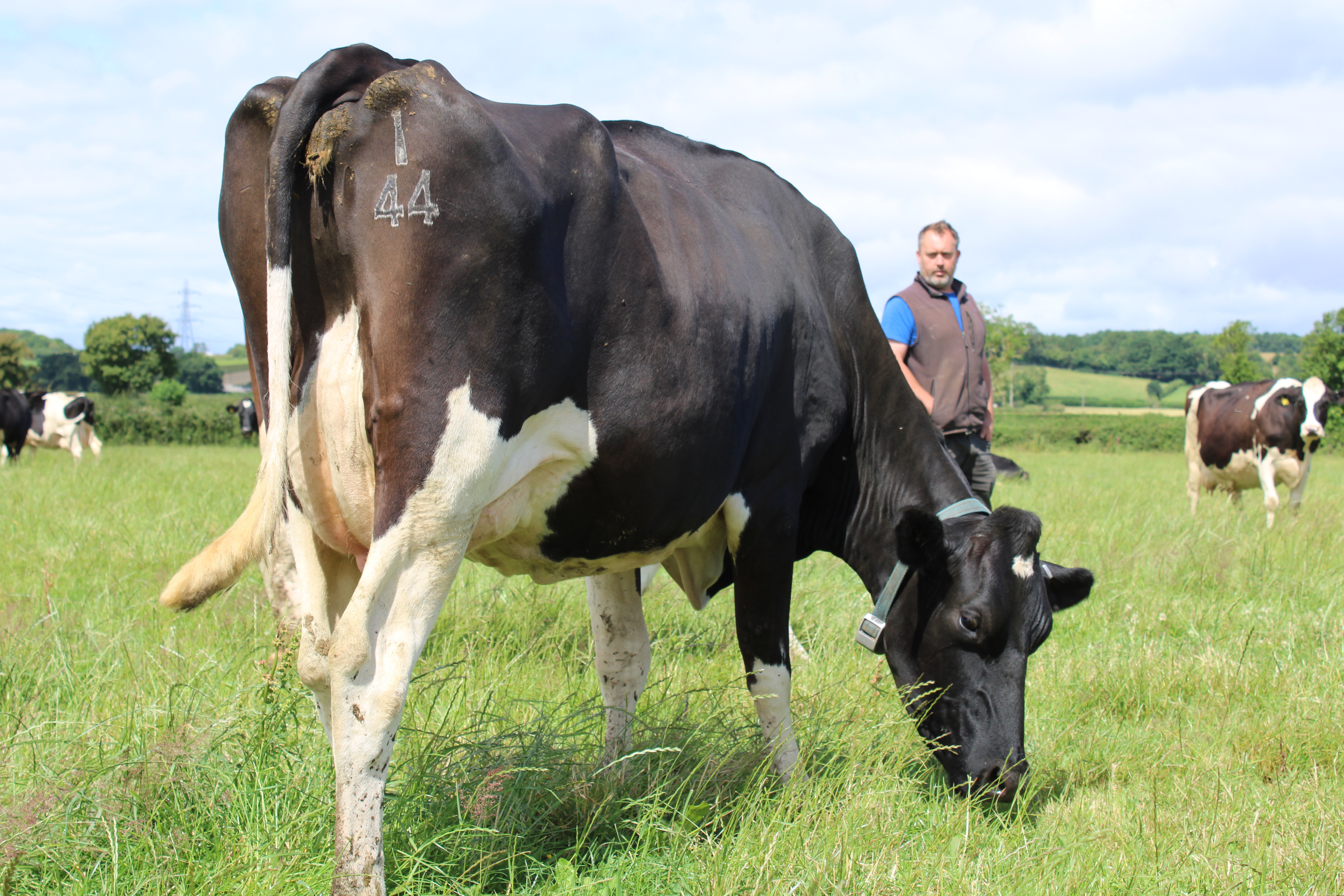
“Cows could be waiting almost three hours when we milked through the parlour, so foot health has improved dramatically, and cases of digital dermatitis have reduced, especially with the introduction of an automated footbath. Udder health has improved with SCCs now at 90 and the four-quarter milking provided by the robots is also taking more milk, so we have increased annual yield from 7200 to 8300 litres,” he says.
Crucially, the increase milk yield and health benefits have been achieved without a significant uplift in cost and the robots have enabled him to manage concentrate in a way that drives yield.
“Before the robots we fed 1.8 tonnes per head per year. This has increased by about 20 percent to 2.2 tonnes. However, we have achieved a milk yield increase of approximately 15 percent so the added feed cost is small by comparison,” he says.
Unlike most robot systems which house cows and use concentrate to drive up yield, Mr Grey has deliberately not pushed the cows, suggesting that with organic feed prices so high the farm has been more efficient by concentrating on its own forage and homegrown feed.
“The robots have increased our yield and helped to justify the investment we made in them, and we have achieved this without having to dramatically change the herd’s genetics or their diet,” he says.
The pedigree Holstein, British Friesian cross cows are bred for a robust structure to enable them to graze whilst also having genetics to increase yield.
“The hybrid nature of the herd has evolved to suit the way they graze. The cows will walk up to half a mile to reach the furthest fields in the grazing rotation and we find that the British Friesian genetics are good for this. However, it is important to keep a good balance of Holstein to drive yield,” he says.
The robots and A, B, C grazing system were implemented as part of in investment into a new shed. This moved the herd and the shed into the centre of the farm’s prime grazing land to enable sufficient pasture to be segmented and made available to the cows.
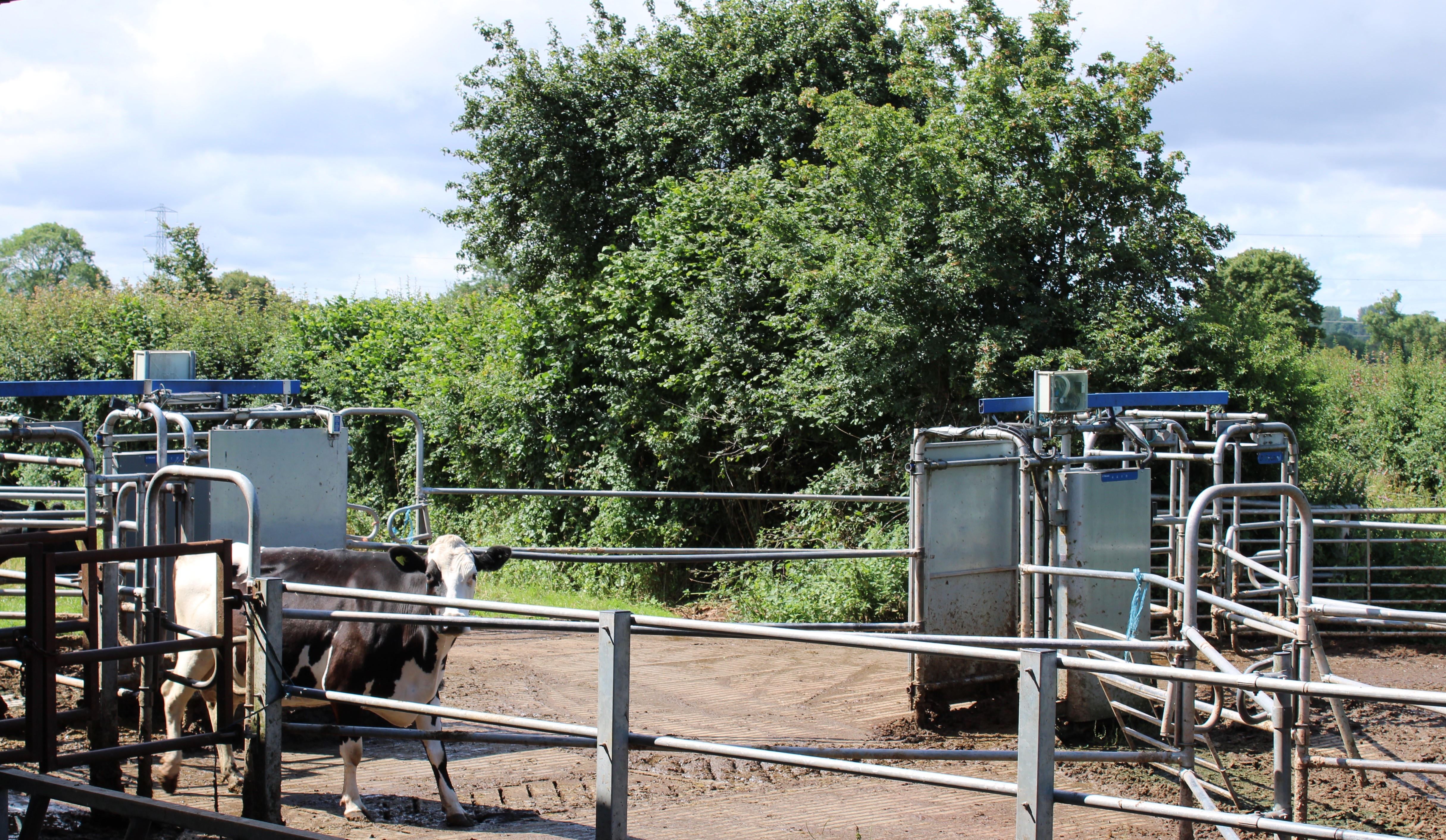
“The building project was delayed by six months which led us to throw the cows in at the deep end because, rather than start milking with robots when they were housed over winter, we started in the spring. It was a tricky couple of weeks, but we were surprised at how well and how quickly they adapted. They probably found it easier than we did,” he says.
In an A, B, C grazing system a series of permissions enables cows to access the shed, pasture and robots. In Mr Grey’s system, higher yielding cows are given different permissions to allow additional buffer feeding in the shed. The permission gates open at 3:00am, enabling cows to move to pasture A. Before leaving the shed each cow visits the robots and Mr Grey says that the whole herd is out by 10:00am.
“The gates open again at 11:00am for cows to move from grazing area A to B. To do so each cow must come back through the permission gates that allow higher yielding cows to be milked, with the lows passing straight through to graze for longer,” he explains.
This is repeated at 5:00pm, but the higher yielding cows are kept in the shed to feed on silage whilst the lower yielding cows have access to pasture throughout the night.
“The challenge is encouraging the cows to find food by moving through the A, B and C areas. Once used to this I think they get the best of both worlds. They can be milked more often, and when they need it, whilst being able to have the sun on their backs and the freedom to move around,” he says.
100 acres is put aside for grazing and is split into three 33 acre areas which are then subdivided. Mr Grey has worked closely with Irish specialist GrassTec to map out the best grazing options and rotation of land.
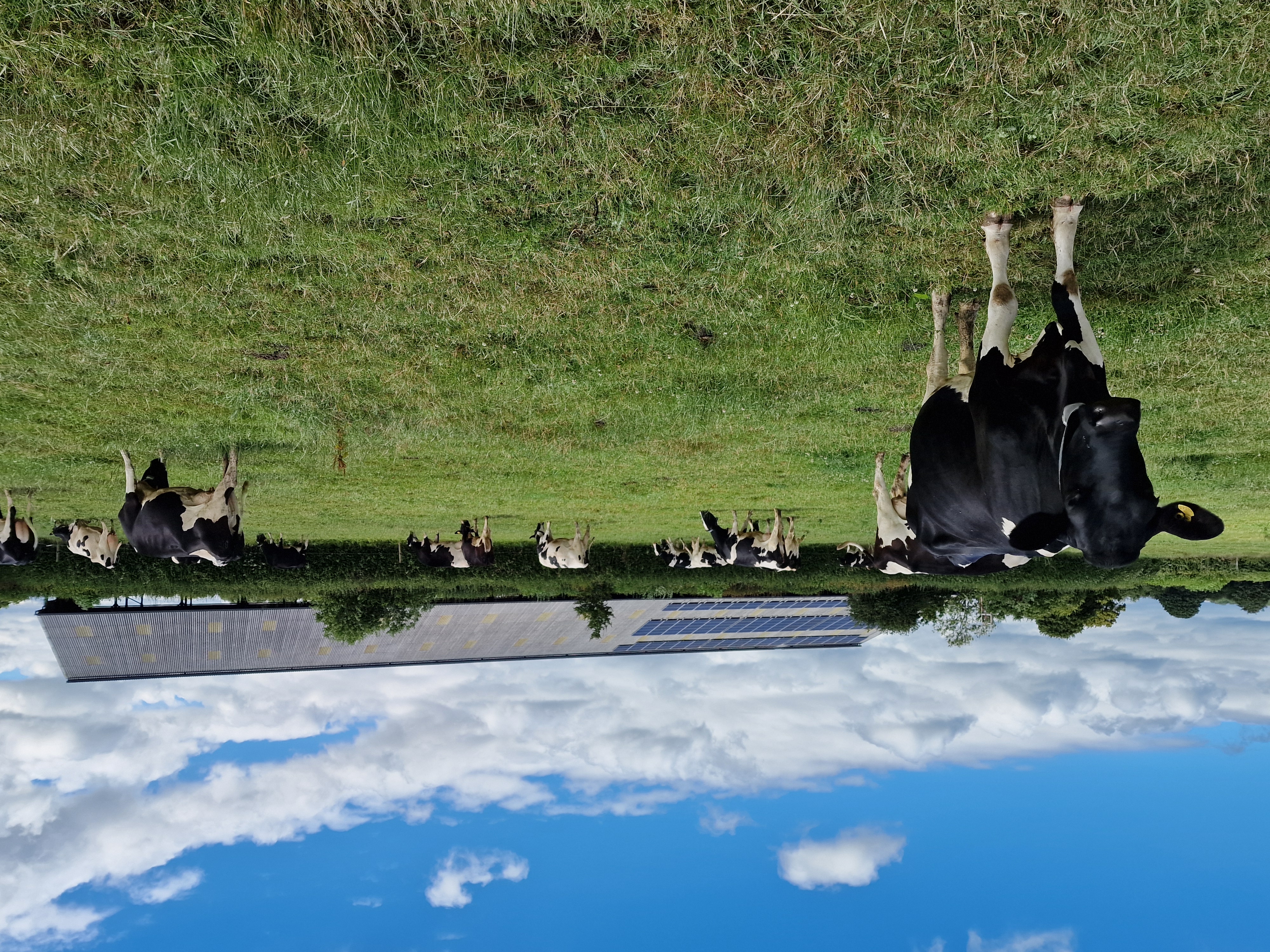
“The guided, feed first system relies on the herd getting enough, but not too much, good quality grass in each area. This drives them to move between the areas whilst being milked in between,” he says.
Mr Grey has two DeLaval Classic robots and one newer VMS V300 model. The difference in the technology is significant, with the cows preferring the newer model and giving more milk when milked by it.
“The V300 has better attachment so we use it predominately for cows with teat positions that are trickier for the other two to handle. It is quicker to milk too, on average it takes 5 minutes 35 seconds compared to 6 minutes with the older model. This, and the faster cleaning time of the new model, enables it to average 172 milkings per day compared to 130,” he says.
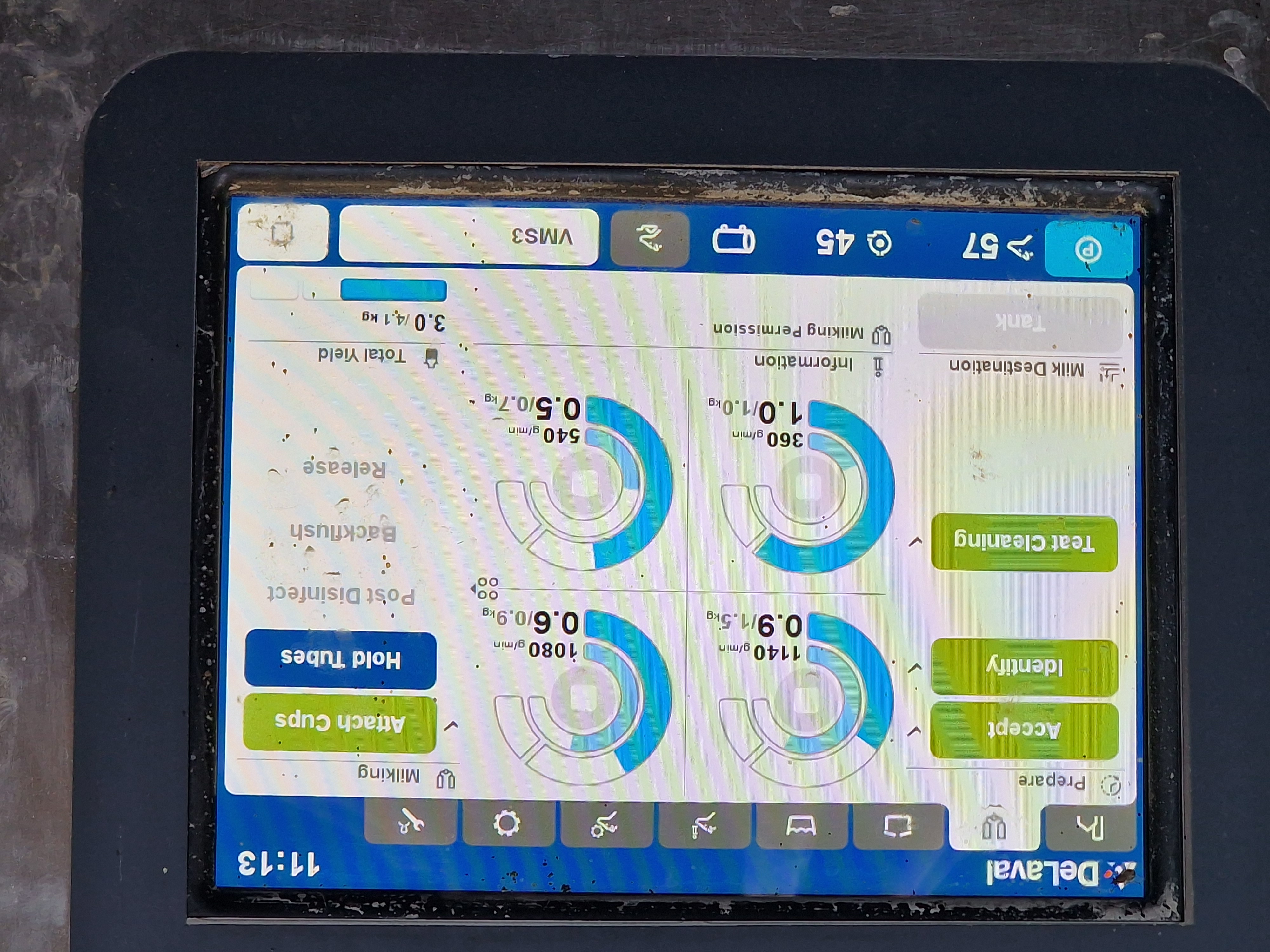
Reflecting on the installation, Mr Grey admits that, with five years robot milking experience, he would prefer some parts of the system to change.
“We could have made cleaning the area between gates easier by having slurry channels that spanned the full width of the concrete area. As it stands, we have a few square metres that need to be scraped most days. We also chose to house the vacuum pumps, water heater, teat cleanse heater and air compressors on a platform above the robots at the end of the shed. It saves space, but I would have preferred to have just built a bigger shed,” he says.
In five years, he has increased the herd size by 40 without any additional infrastructure costs. He has also removed the need for him or a member of staff to be tied up milking for up to six hours a day.
“We have a low input system that relies on homegrown forage, and the robots, to get the most out of the herd. We don’t use any bought-in fertiliser, only our own slurry and this makes the system low cost too. The investment in the shed, robots and grazing system has brought the technology to milk more productively and efficiently whilst keeping the cows in the field and me out of the parlour,” he concludes.
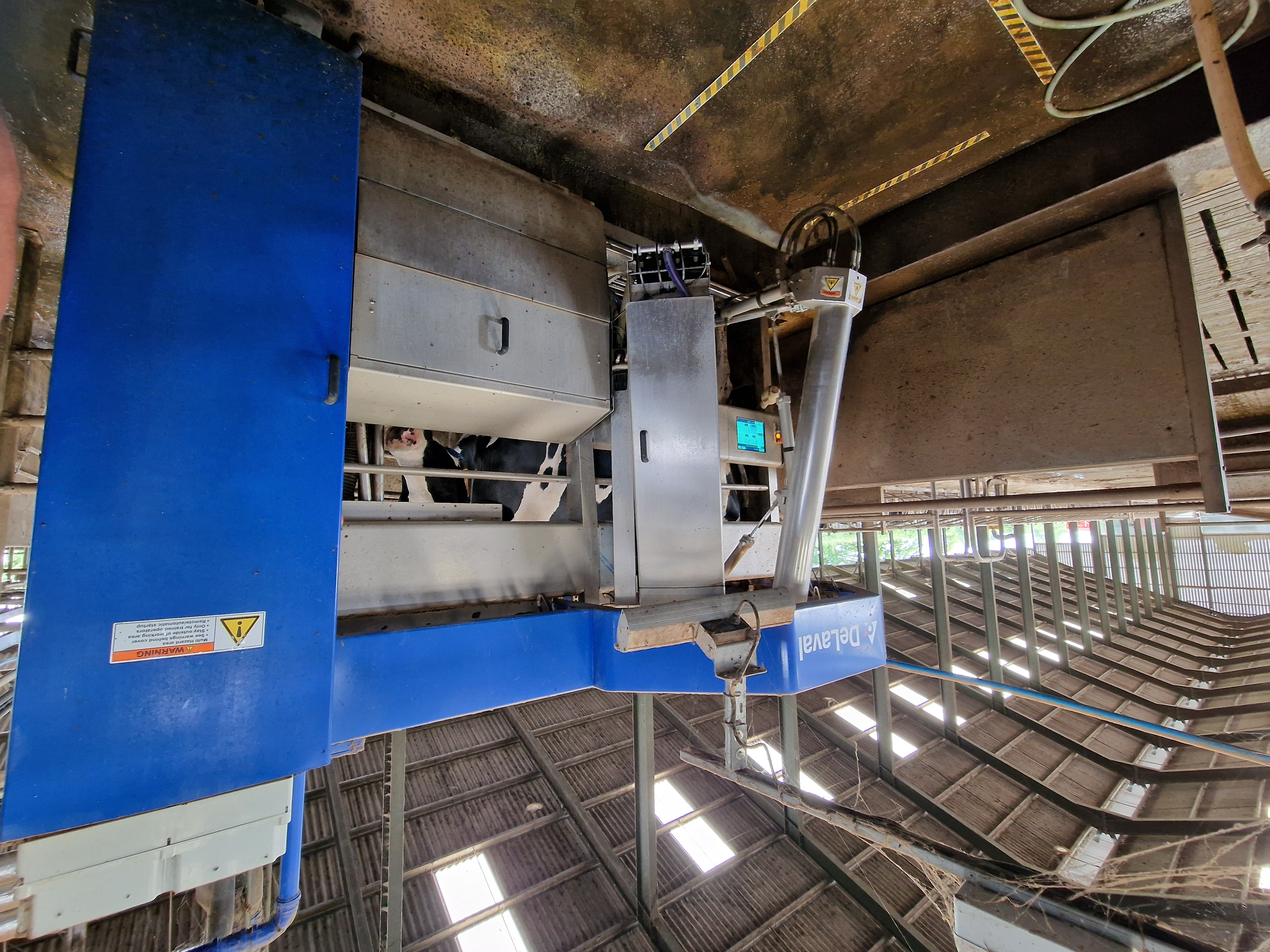
For more information on the DeLaval VMS V300 series of milking robots click here.